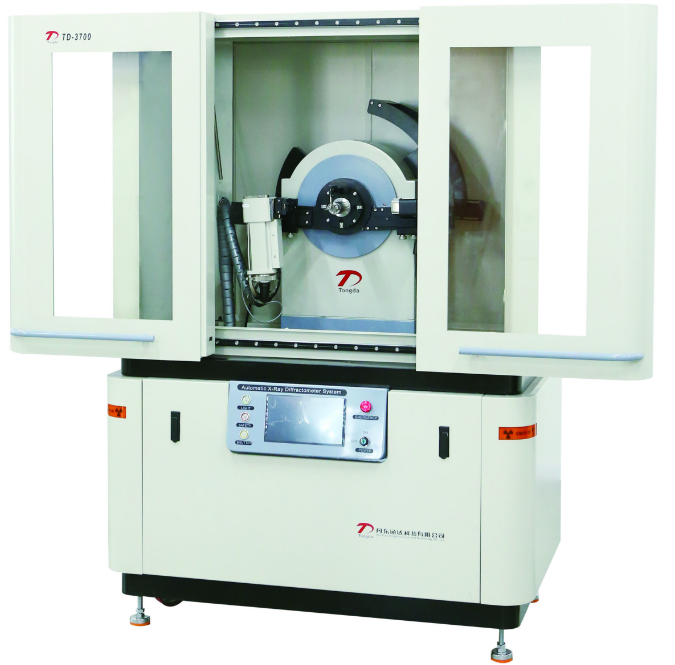
XRD- a powerful tool to reveal the secrets of the structure of matter
2024-06-17 10:00A X-ray diffractometer operates by directing a beam of X-rays onto a specimen, where the X-rays interact with atoms in the sample to generate diffraction. Diffraction patterns are formed when X-rays match integer multiples of the atomic spacing in the sample, resulting in a series of diffraction peaks. Through analyzing the position, intensity and shape of these diffraction peaks, we can deduce the crystal structure and phase composition of the specimen.

Characteristics of X-ray diffractometer
1. High sensitivity: The X-ray diffractometer is capable of detecting minute quantities of substances, making it suitable for the analysis of a wide range of crystalline and amorphous materials.
2. High resolution: The X-ray diffractometer exhibits exceptional resolution, enabling the differentiation of substances with distinct crystal structures.
3. Fast analysis: X-ray diffractometry facilitates swift sample analysis, typically within a few minutes to tens of minutes.
4. Precise data: Utilizing a high-precision detector, the X-ray diffractometer yields accurate data.

X-ray diffractometer applications
1. Crystal structure analysis
2. Phase composition analysis
3. Crystal growth process research
4. Material properties research
